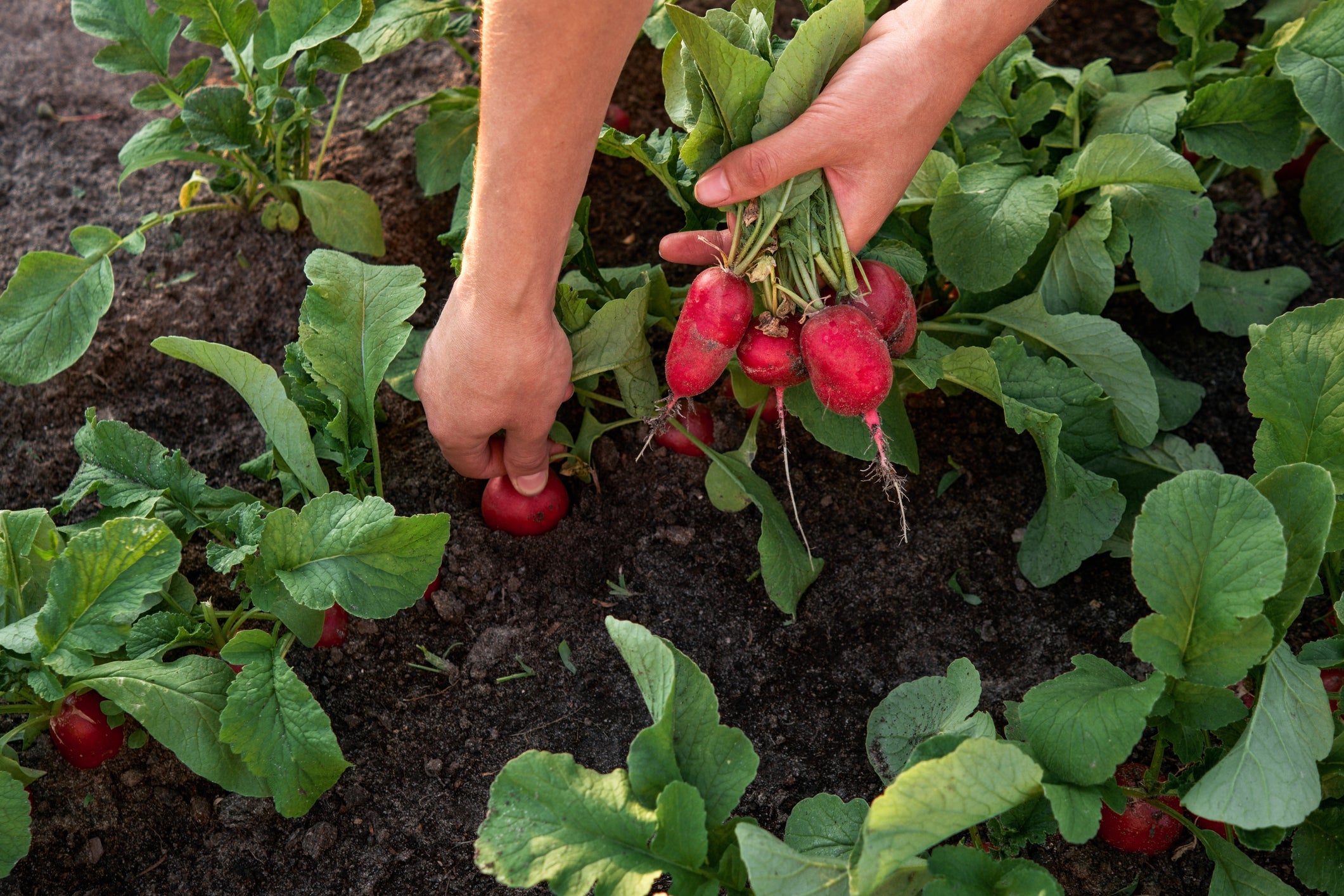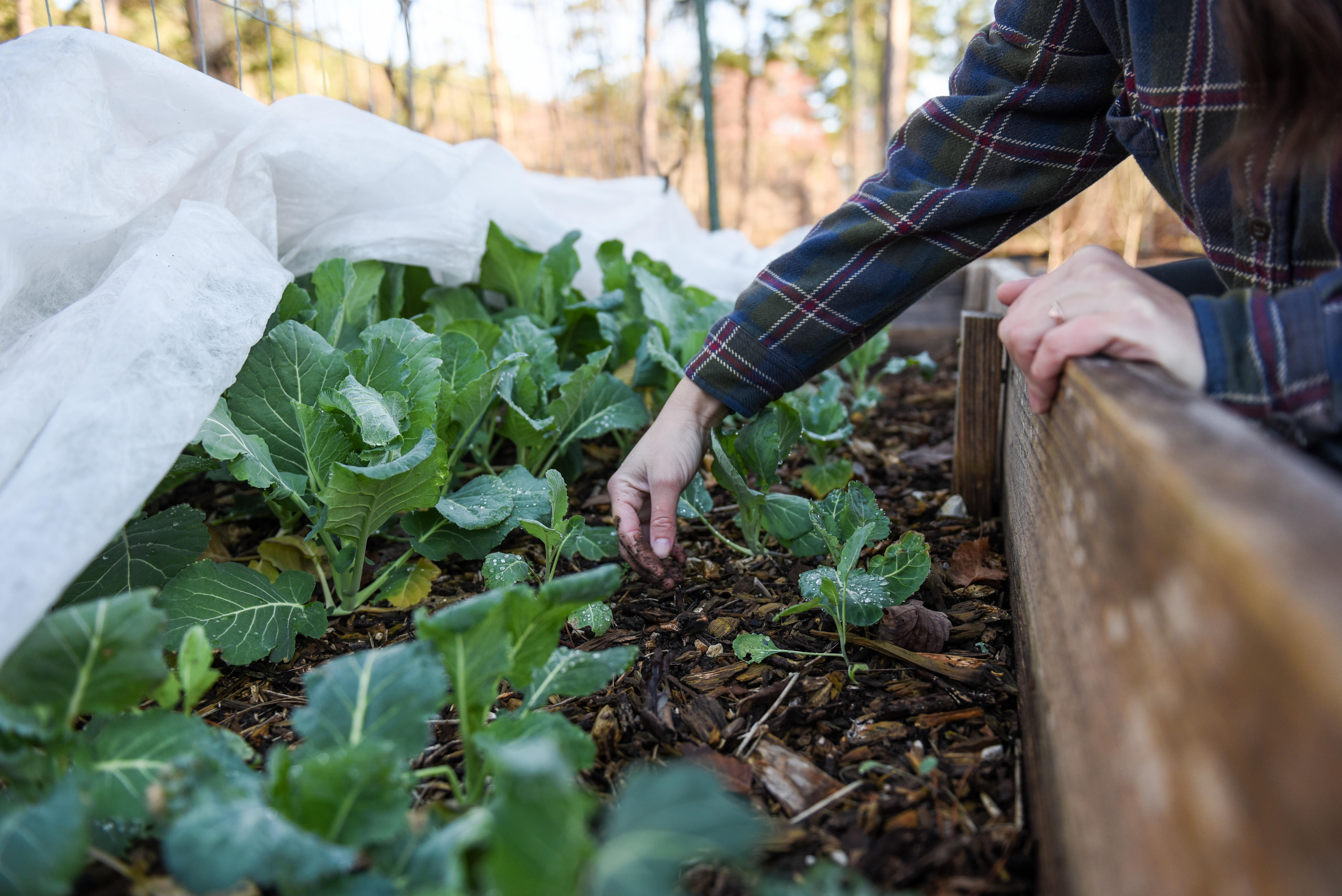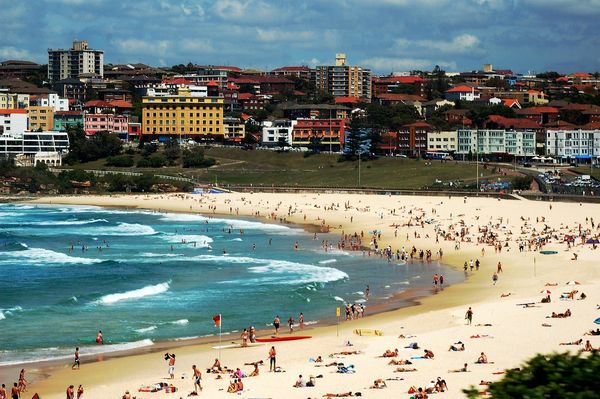
As spring blooms fade, June offers the perfect opportunity to sow the seeds for a bountiful autumn harvest.
Whether you have a small urban balcony or a large country plot, there are a variety of fast-growing crops and summer staples that can be planted now for enjoyment later in the year.
Leafy greens and late-season courgettes are among the many options to consider.
By June, the soil is warm and the risk of frost has passed, making it an excellent window to plant tender crops outdoors.
“June is a good time to plant out the last of the tender crops, such as courgettes and squashes, with successional sowing of beetroot, lettuce and radish,” says Joe Lotfhouse, the edibles and nursery team leader at RHS Garden Harlow Carr.
“These are very good to fill any gaps you may have in your vegetable bed.”

Quick-turnaround vegetables like radishes and lettuce can mature in as little as four to six weeks. Successional sowing of fast growers like beetroot means you can maintain a steady supply throughout the summer.
“I always do a second sowing of beans in June, planting them directly into the beds and there are a number of other vegetables that can be planted this month, such as celeriac and celery,” says Mr Lofthouse.
Longer-term harvests like celery and celeriac benefit from this warmer planting window, although they will need consistent watering to thrive. And don’t forget climbers like runner or French beans, which can still be sown directly into beds or large containers and will yield abundantly by late summer.
Good options for beginner gardeners
If you’re new to gardening, the key is to keep it manageable. Stick to crops that grow quickly and don’t require much fuss.
“I would suggest starting small and only growing what you like to eat,” says Mr Lofthouse.
“Buying vegetable plants from a garden centre is a good option to start with as they will have a root system ready to be transferred into your vegetable garden. Root veg such as beetroots, turnips and radish are very easy to grow.”
As well as these, herbs are a great low-maintenance option for smaller spaces, as they can often be grown in pots or window boxes.

“Sowing brassicas – cruciferous vegetables – such as broccoli direct into a bed in rows is also a good option,” explains Mr Lofthouse. “Once they are large enough to handle, dig up and plant into their final position.”
Brassicas like broccoli, kale and cauliflower can be started from seed this month too – just keep an eye out for slugs, which love nibbling on young plants. You can also companion plant with marigolds to deter pests organically.
The gardening techniques you should be changing
Heat and water stress are two major pitfalls for summer planting.
“Avoid planting at the hottest part of the day,” advises Mr Lotfhouse.
“I prefer to plant early morning or in the evening when it is a bit cooler.
“If sowing directly, I would always water the drills before seed sowing, or water the planting holes before planting, especially for crops like courgettes, squash and cucumbers, which require a lot of water.”
Watering the plants and soil thoroughly before and after sowing helps keep the plant nourished, and mulching around young plants can help retain moisture.
“I would also recommend growing bolt-resistant varieties, as crops tend to bolt [prematurely go to seed] if under stress by warm, dry conditions,” explains Mr Lofthouse.

“It is best to avoid planting fruit in June as they would require a lot of water.”
For leafy greens like spinach or coriander, look for bolt-resistant varieties, which are bred to withstand hot weather without prematurely flowering. And while fruits like strawberries are best planted earlier in the year or in autumn, focus now on crops that will mature before the first frost.
The best plants for small spaces
If you don’t have much space to try out gardening, don’t be discouraged. Many crops thrive in pots or window boxes, as long as they receive enough sunlight and consistent watering.
“Most veg and fruit can be grown in containers, although in June onwards they will require a lot of watering,” explains Mr Lofthouse.
“Herbs are good to grow in containers as they require less water. I also like to grow carrots and salad leaves in containers.”
Salad leaves, spring onions, dwarf carrots and patio tomatoes are ideal for containers and can be harvested in stages.
Herbs like thyme, parsley and chives are particularly suited to pot life and can be snipped as needed, offering fresh flavour at your fingertips.
It’s best to use multipurpose compost and opt for terracotta or glazed ceramic pots, which help retain moisture better than plastic.

Overwintering plants to consider at this stage
Mr Lofthouse says it is best to think long-term by planting overwintering crops now. Winter brassicas such as sprouts, winter cabbage and kale need a head start during the warmer months to establish strong roots before temperatures drop.
“June is a good time of the year to plant out winter brassicas,” says Mr Lofthouse. “I like to sow leeks into a seedbed outdoors and harvest baby leeks throughout the winter.”
Sow your brassicas in a seedbed or small nursery area, then transplant once the seedlings are sturdy.
Leeks sown now can be harvested young or left to mature until early spring. Try and keep their rows weed-free and mound soil around their bases to encourage long white stems.
Mistakes to avoid when planting later in the season
There are a couple of common mistakes you should try and avoid when planting later in the season.
“The biggest mistakes are planting and then not watering, or growing a large amount of one vegetable and not being able to eat it all,” says Mr Lofthouse. “The plants will bolt.”
It’s easy to get carried away with sowing, but think practically – how much of one vegetable will you really eat?
Avoid food waste and plant in small, manageable batches with succession sowing in mind to keep your harvest spread out.
The classic gardening technique vital for your plants’ growth
Growing roses? Here’s how to deal with the most common problem gardeners face
Got an allotment? This is how to make it thrive and look pretty this summer
Alan Titchmarsh on being a garden TikTok influencer aged 75
Expert shares the top scented plants for your garden
How the humble tulip could be the key to elevating your garden







